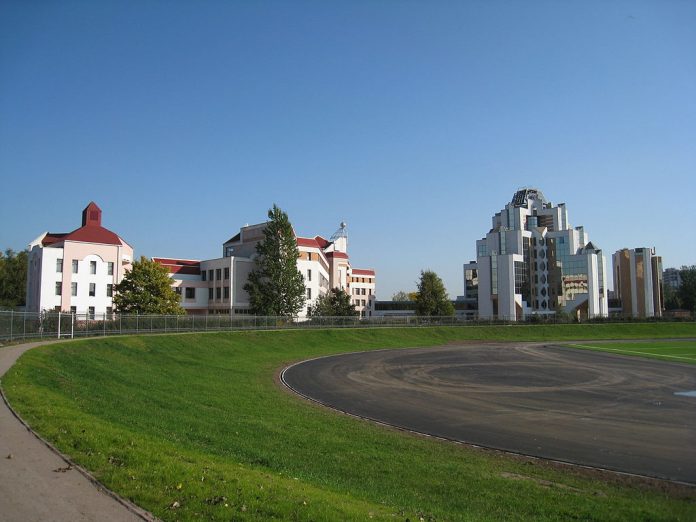Scientists from the Saint Petersburg Academic University in Russia claim to have raised the efficiency of gallium arsenide (GaAs) solar cells from 10.6% to 11.5% by using single-walled carbon nanotubes (SWCNTs) instead of conventional metal grid contacts.
Traditional metal grid contacts are able to provide transparency, but they also require high doping of the cell surface layer to provide efficient photocurrent collection, the researchers explained. Heavy doping and deposition are energy-intensive industrial processes, which is why they drive up production costs for similar solar cells.
The researchers are pushing aerosol-synthesized SWCNTs as an alternative, as they are said to combine optoelectronic properties, flexibility, chemical stability, and simple transfer protocols to cover large surface areas. “The SWCNTs could help greatly improve the performance of SC when applied as a transparent contact layer material,” the researchers said.
The group chose SWCNT layers measuring up to 20 nm in thickness, with integral 90% transparency in the visible range and 300 ohm/sq initial sheet resistance. These features provide a good trade-off between the conductivity and optical transmittance of the SWCNT film, they explained.
They measured the PV characteristics of the SWCNT solar cells via the current-voltage characteristic (I‐V), using a four-probe method with a global standard spectrum (AM1.5g) solar simulator.
“To provide electrical contact, silver paste droplets were put directly on the metal grid and SWCNTs,” the research team explained. “The solar cell covered with the SWCNTs should be characterized by a lower surface resistance, which leads to the enhanced operation efficiency.”
The group also said that solar cells with SWCNT contacts showed a slight increase in the short circuit current density, from 16.9 to 17.9 mA/cm2.
The proposed strategy, described in a research paper that was recently published in Energy Science & Engineering, could be applied to highly efficient flexible III-V solar cells, the scientists said.
Research into III-V solar cells has been revived in several projects over the past two years. Innovations include a method to produce gallium arsenide solar cells with a reusable germanium substrate developed by scientists at the National Renewable Energy Laboratory and the Korea Advanced Institute of Science and Technology. A research team from Germany’s Fraunhofer ISE and France’s Center for Nanoscience and Nanotechnology have also developed an ultra-thin solar cell based on gallium arsenide.
The cost of producing solar cells based on compounds of III-V element materials – named according to the groups of the periodic table they belong to – has thus far confined such devices to niche applications such as drones and satellites, where low weight and high efficiency are more pressing concerns than cost, in relation to the energy produced.






